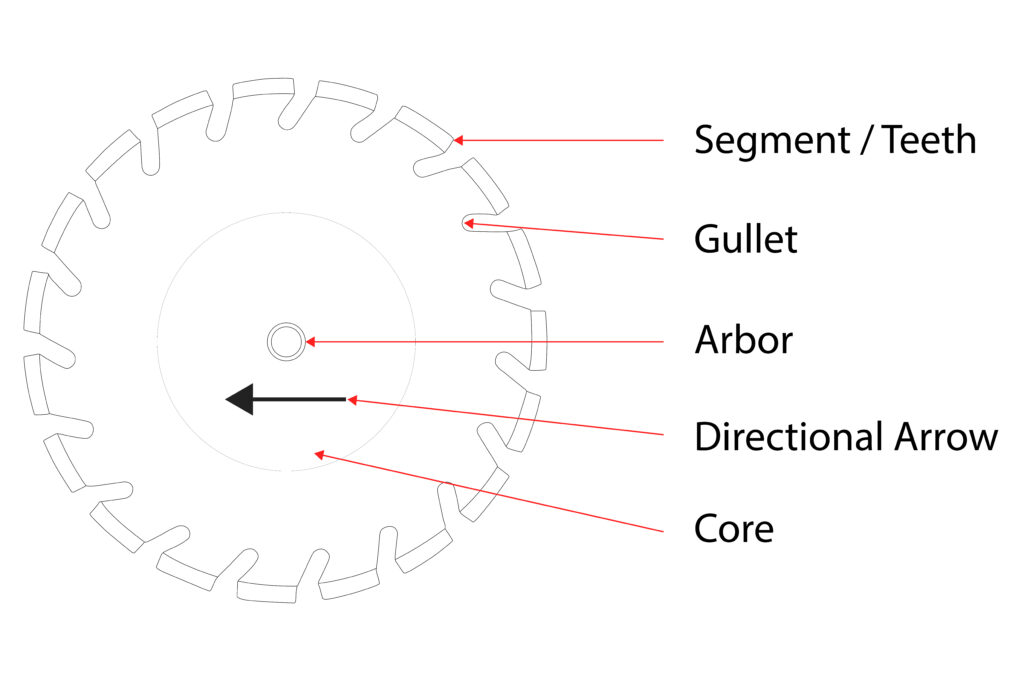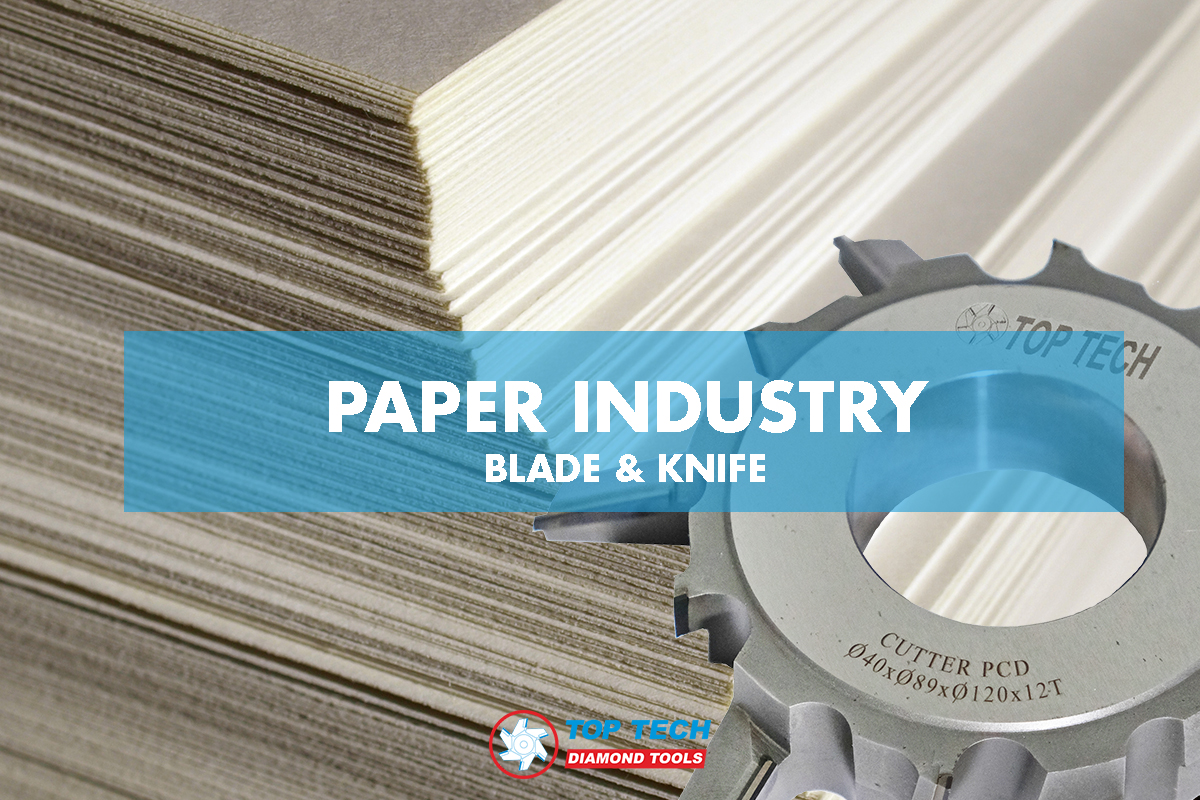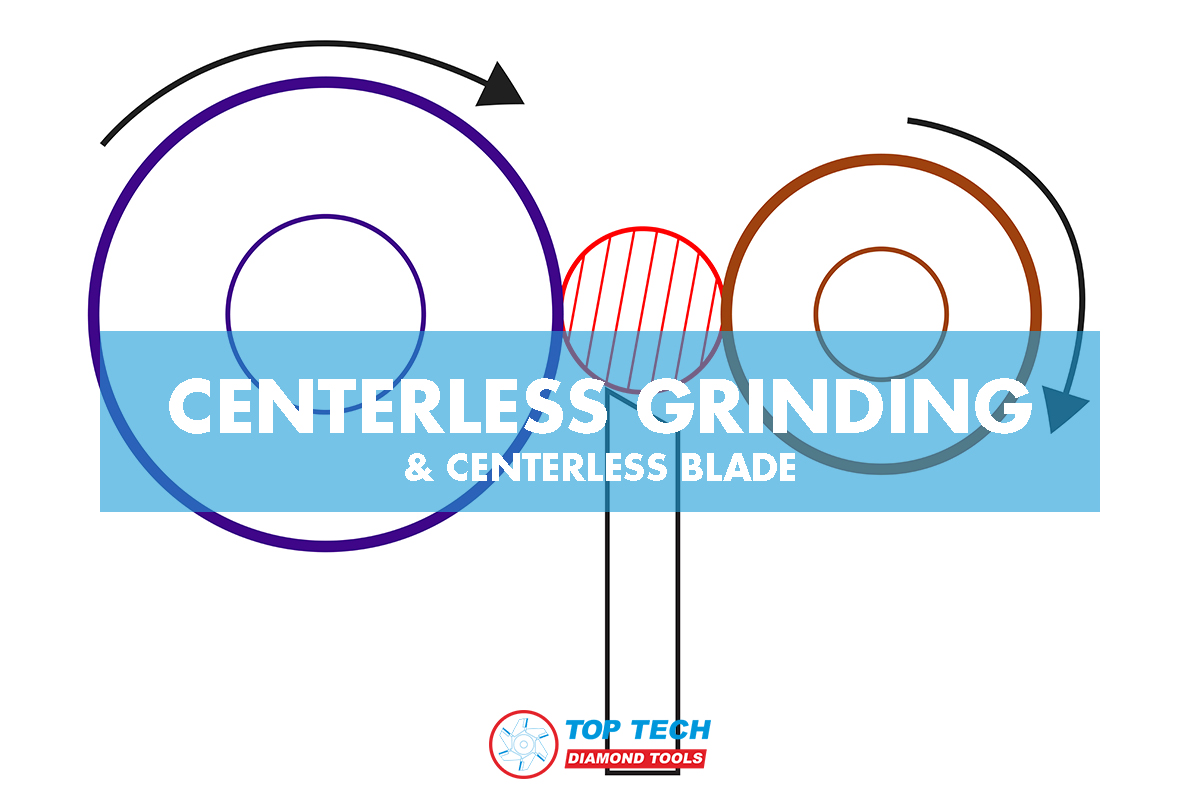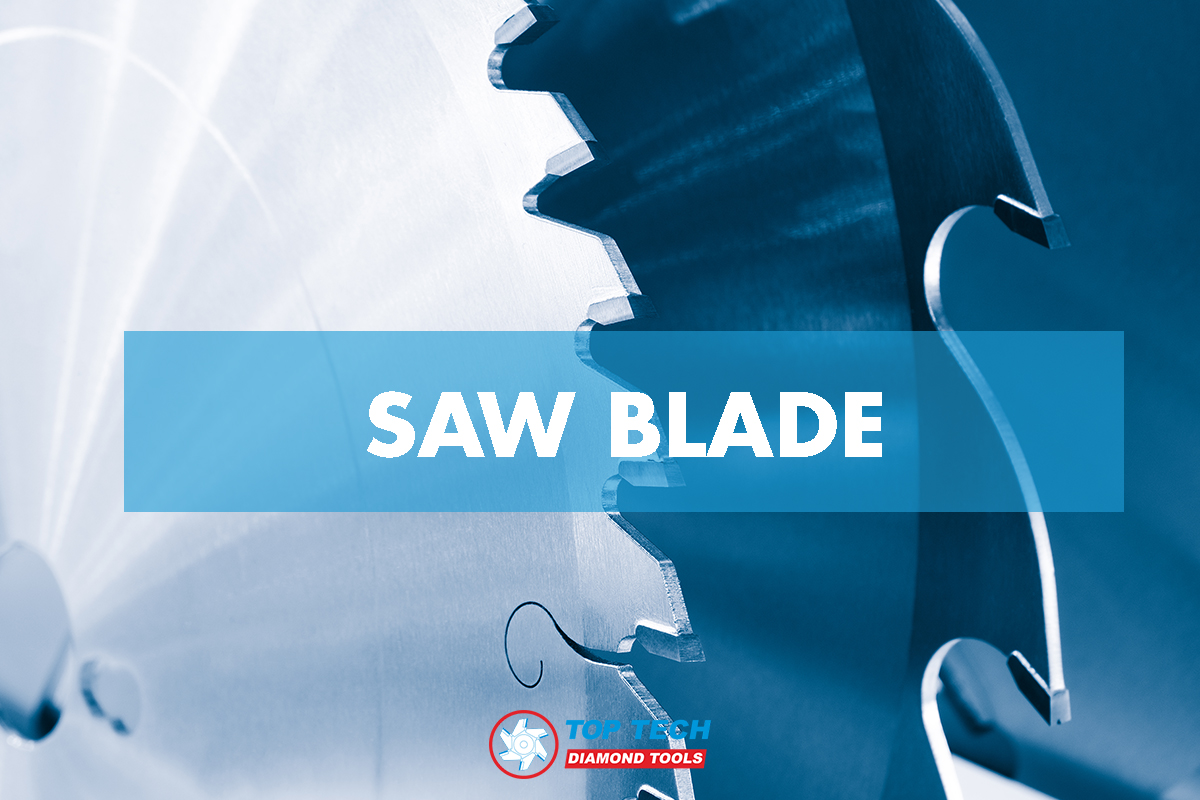
All About Saw Blade
Understanding your diamond blades can help you make educated decisions in the field, save time and decrease the chance of injury. In this post, we will break down the components of a diamond blade, and the functions of each part.
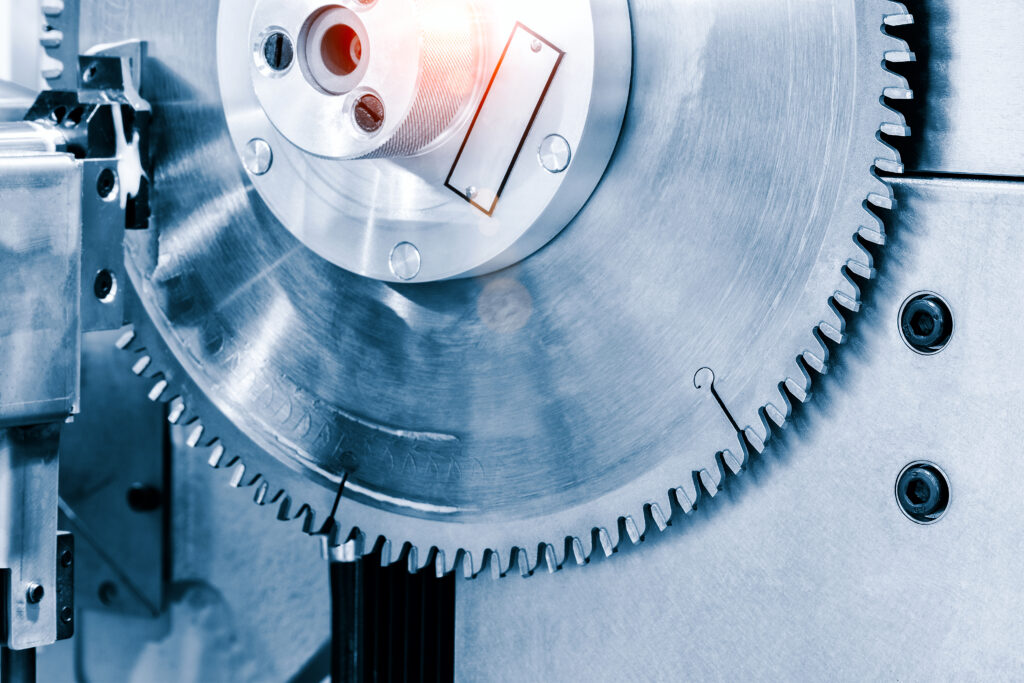
Parts Of Saw Blade
SEGMENTS
The segment is best described as the ‘teeth’ around the blade. There are two parts that make up a segment, the bond, and the diamond. It is important to note that the segments do not cut material like a blade used to cut wood. Instead, they grind away the material with their diamonds, which do all of the grinding work. The amount of diamonds, quality of diamonds, and the size of the diamonds in a segment all factor into cutting speed and the life of the blade. The bond holds the diamonds in place within the segment allowing them to cut the material. A hard bond is best for cutting soft abrasive material, and a soft bond is best for cutting hard material. The bond is the portion of the segment that wears away, continuously exposing the diamonds and allowing the blade to grind away material.
GULLET
The gullet is the hollowed-out space between two segments of a blade. The gullet’s main function is to assist in expelling material when cutting. There are many different sizes and shapes of gullets, but a good rule of thumb is the bigger the gullet, the faster the cutting speed since it lessens drag while cutting.
CORE
Simply put, the core of a diamond blade is the support system for the other parts of the blade. The core is attached to the segments through many different methods. However, a laser-welded attachment provides the strongest bond for both parts. The core needs to have a strong bond in order to withstand the stress and heat of high horse-powered equipment.
ARBOR
The arbor is where the blade attaches to the piece of equipment and varies based on the equipment the blade is designed for. Esch cut-off saw blades are produced in both 1 inch and 20-millimeter diameters. Most arbors are circular shapes, but they also come in varying shapes depending on the requirements of the equipment. Matching your saw arbor to the proper blade arbor is important for blade life. For more information on this read our post on using blades without arbor bushings.
DIRECTIONAL ARROW
Esch blades have a stamped or etched directional arrow towards the center of the blade. This arrow is an indicator to guide operators for proper blade mounting on the saw. The arrow points the way the blade spins when mounted on the saw.
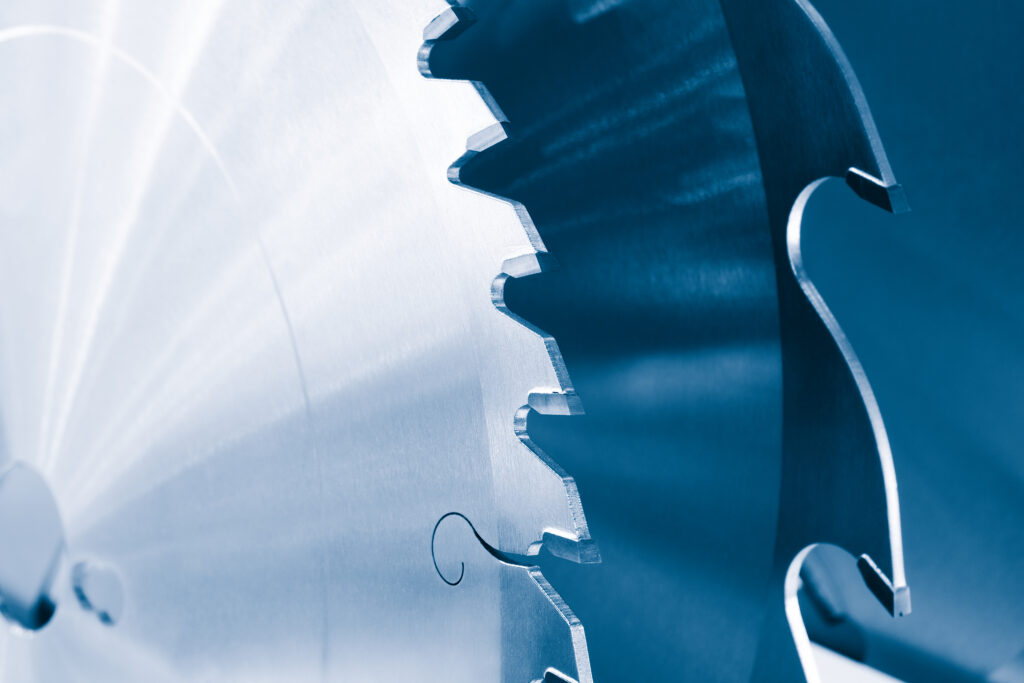
What Are Materials Used For Making Cutting Blades?
1. Tungsten Carbide
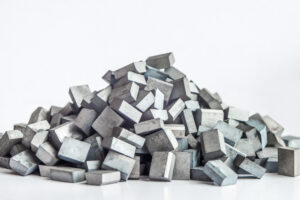
Tungsten carbide is synthesis metal from Tungsten and Carbon, which is widely used in producing cutting tools because of its hardness that is higher than any typical metals, only just below a diamond. However, tungsten carbide is not really good at cutting metal with iron mixture. If you really need to use carbide, you need to fuse it with Titanium Carbide (TiC) and Tantalum Carbide (TaC), or use a synthetic diamond such as MCD, PCD, CBN, or CVD together with carbide.
2. High Speed Steel
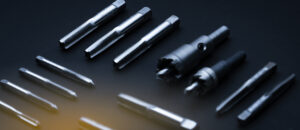
High speed steel (HSS) is really famous for making cutting tools. Because of its high heat resistance, high speed steel is suitable for metal cutting that causes high friction.
3. Synthesis Diamond (MCD, PCD, CBN, CVD)
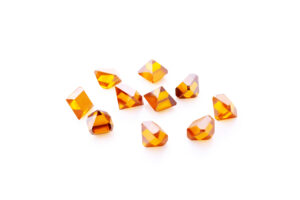
We can use the synthetic diamond like PCD, MCD, CBN or CVD to sharpen the cutting edge and increase the cutting efficiency. This also improves tool life of the blade, and reduces manufacturing cost for massive production.
Conclusion
Circular saw blades are important in the industry, and they need great attention to details and quality. With the right material and proper application, we can maximize the cutting capability to the next level. At Top Tech Diamond Tools, we provide designing, manufacturing, and regrinding service to create high quality cutting blades, which will make cutting easier, smoother, more efficient, and also greatly reduce manufacturing cost.
Reference
https://www.eschsupply.com/diamond-blades-bits-blog/get-to-know-your-diamond-blade/

